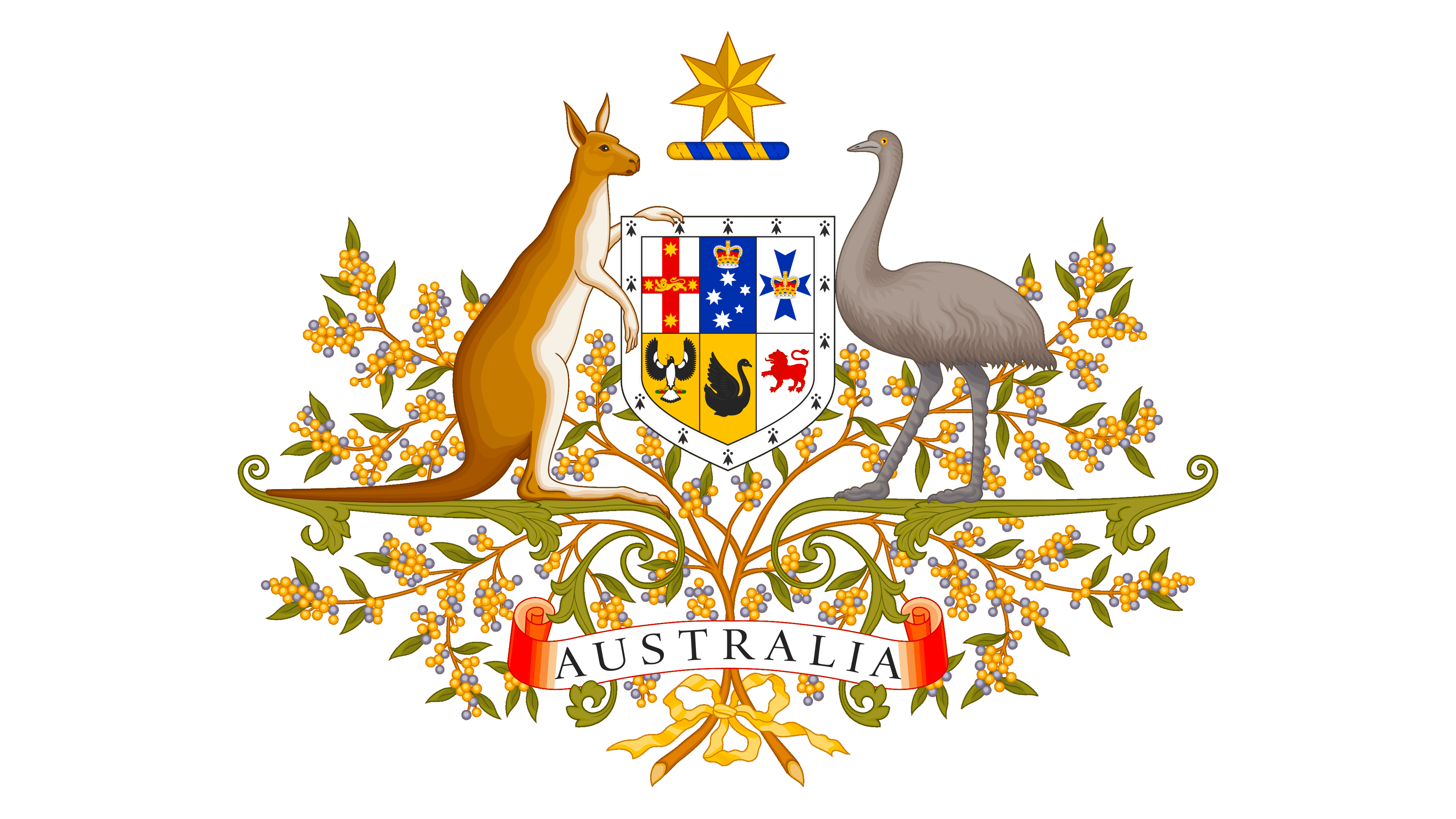Australian Government Logo
The Australian Government, established upon the federation of the colonies in 1901, is a democratic institution. It is structured as a constitutional monarchy and is a federal parliamentary democracy. The government is overseen by the Governor-General at the federal level, representing the British Monarch, and by elected officials including the Prime Minister, the Cabinet, and the Parliament.
Meaning and history
The Australian Government’s story began with the federation of six British colonies in 1901, forming the Commonwealth of Australia under a new constitution. The system adopted was a constitutional monarchy with a parliamentary democracy, recognizing the British monarch as the sovereign and a locally elected parliament to govern. This model balanced the British influence with growing national sentiment.
Key milestones in its development include the establishment of the Australian Capital Territory in 1911, the Statute of Westminster Adoption Act 1942, which marked legislative independence from the UK, and the Australia Act 1986, ending all British legal authority.
Australia’s government navigated through significant global events, such as both World Wars, the Great Depression, and the Cold War, while shaping a diverse and prosperous nation. It played a vital role in international diplomacy, contributing to the formation of the United Nations and advocating for regional security in the Asia-Pacific.
Currently, the government focuses on contemporary issues like environmental conservation, indigenous rights, and technological innovation while overseeing a mature economy. It continues to evolve, reflecting the dynamic and multicultural fabric of Australian society.
What is Australian Government ?
The Australian Government is the democratic governing body of Australia. It’s a federal system composed of the Commonwealth and state and territory governments. It administers national policies, delivers public services, and ensures national governance.
1908 – 1912
The emblem is the Coat of Arms of Australia, a distinctive heraldic design representing the nation’s authority and sovereignty. At the center, a shield is emblazoned with the cross of St. George, overlaid with five stars representing the Southern Cross constellation, and state badges on its sides. This shield is flanked by two of Australia’s most iconic animals: the kangaroo on the left and the emu on the right, symbolizing the unique fauna of the continent. Above the shield, a seven-pointed Commonwealth Star signifies the unity of the six states and the territories of the Commonwealth. Below, a scroll contains the national motto “Advance Australia,” urging progress and development. This coat of arms encapsulates Australia’s identity, heritage, and aspirations, integrating symbolism that is deeply connected to the nation’s character and lore.
1912 – Today
This is the current Coat of Arms of Australia, more vibrant and detailed than earlier versions. The central shield is supported by the native kangaroo and emu, standing amidst branches of golden wattle, Australia’s floral emblem. The shield itself displays the badges of the six states. Over the shield is the seven-pointed Commonwealth Star, symbolizing the federation of states and territories. The scroll below the shield reads “AUSTRALIA,” solidifying the national identity. Compared to the previous emblem, this coat of arms is more complex and colorful, reflecting a mature nation’s evolution and its rich, natural heritage.













